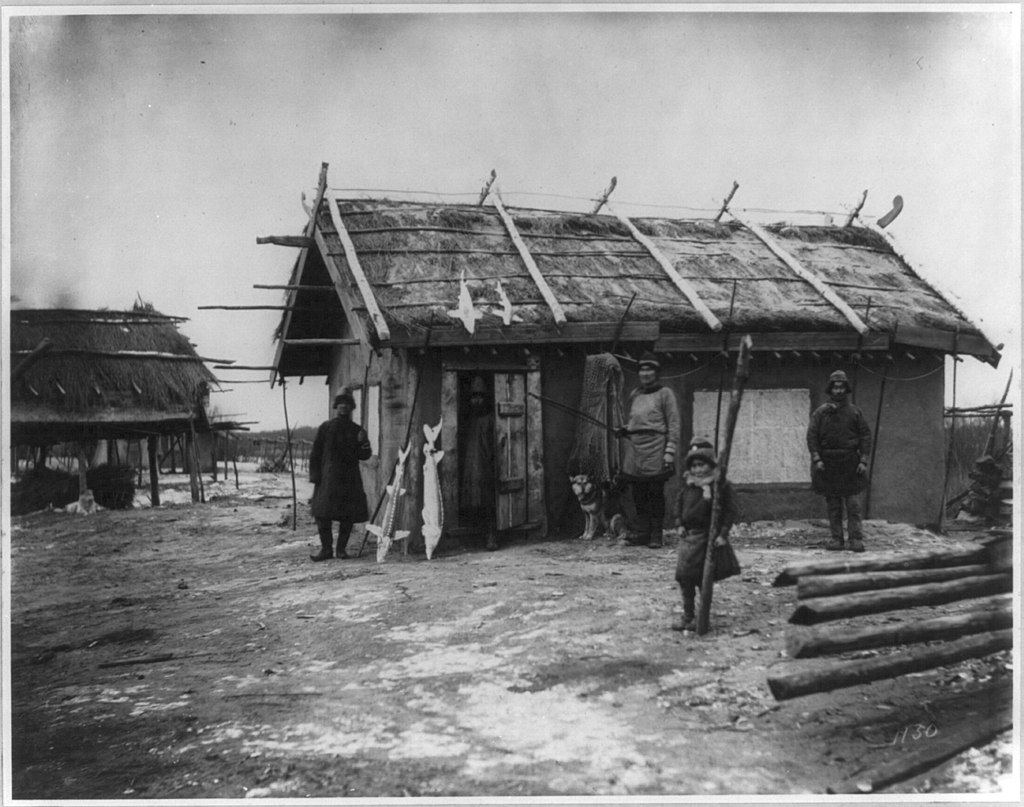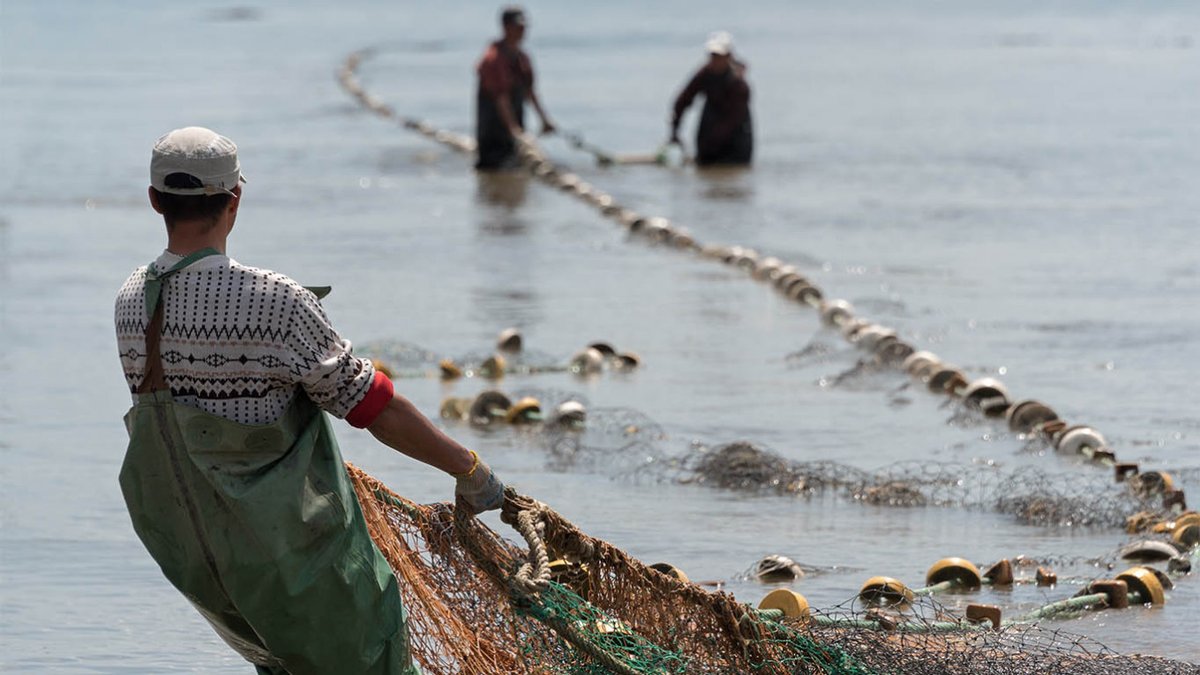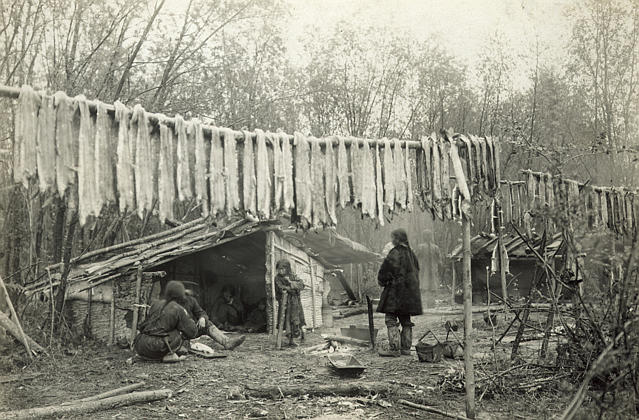
Paul Montgomery
@pmonty18
Archaeologist PhD of the maritime culture and world. An Intertidal intractable introvert!!
ID: 1212697915438714880
https://www.tcd.ie/tceh/people/paul-montgomery.php 02-01-2020 11:32:08
5,5K Tweet
838 Takipçi
1,1K Takip Edilen

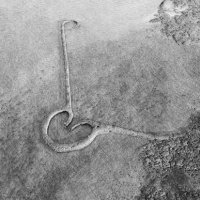


















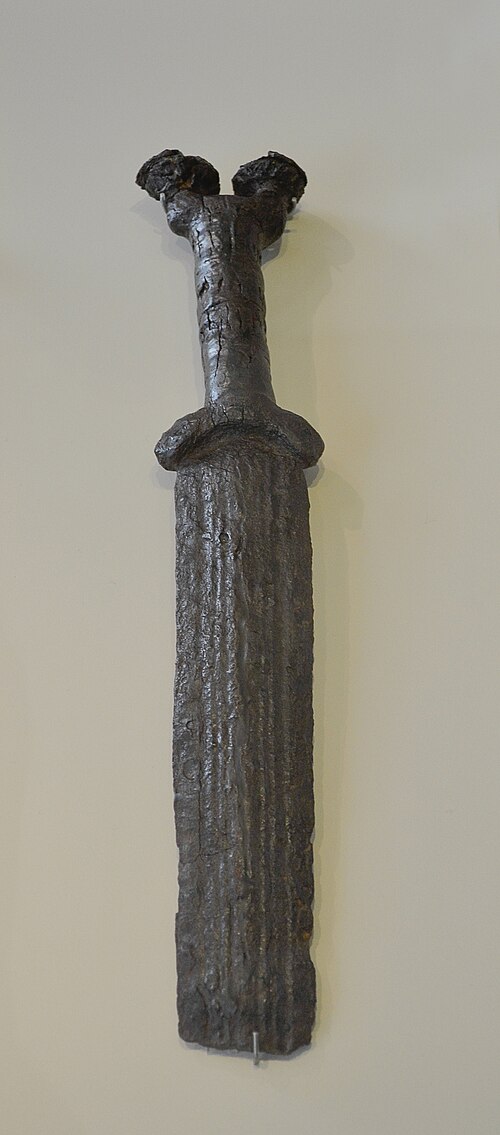



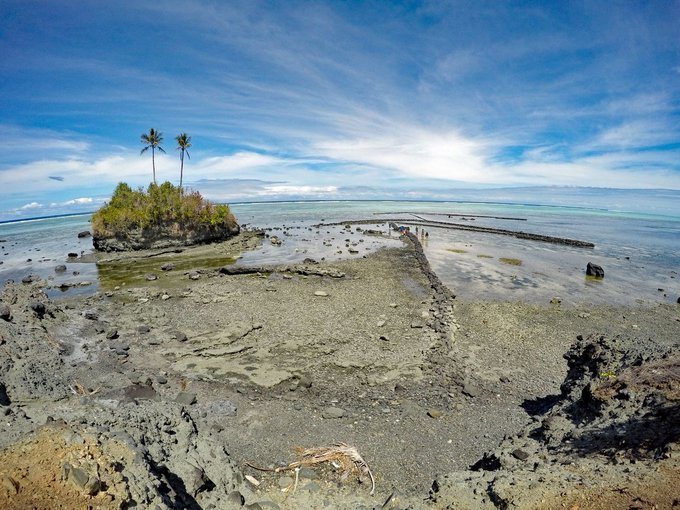

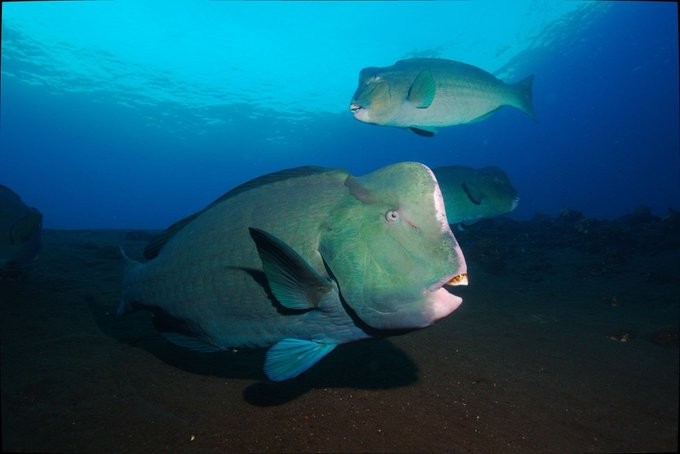


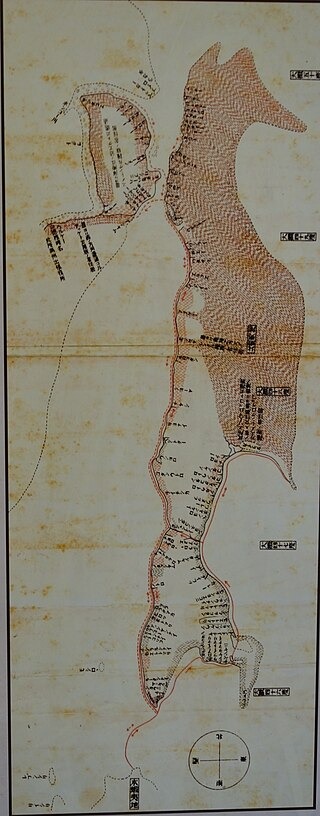
![Underwater Cultural Heritage Of Stone Fish Weirs (@stonefishweirs) on Twitter photo Sakhalin (Russian: Сахалин, IPA: [səxɐˈlʲin]) on north coast lies 6.5 km (4.0 mi) off the southeastern coast of Khabarovsk Krai in Russia, while its southern tip lies 40 kilometres (25 mi) north of Japan's Hokkaido.
2/10 Sakhalin (Russian: Сахалин, IPA: [səxɐˈlʲin]) on north coast lies 6.5 km (4.0 mi) off the southeastern coast of Khabarovsk Krai in Russia, while its southern tip lies 40 kilometres (25 mi) north of Japan's Hokkaido.
2/10](https://pbs.twimg.com/media/GphrNr6W8AA5hRa.jpg)


